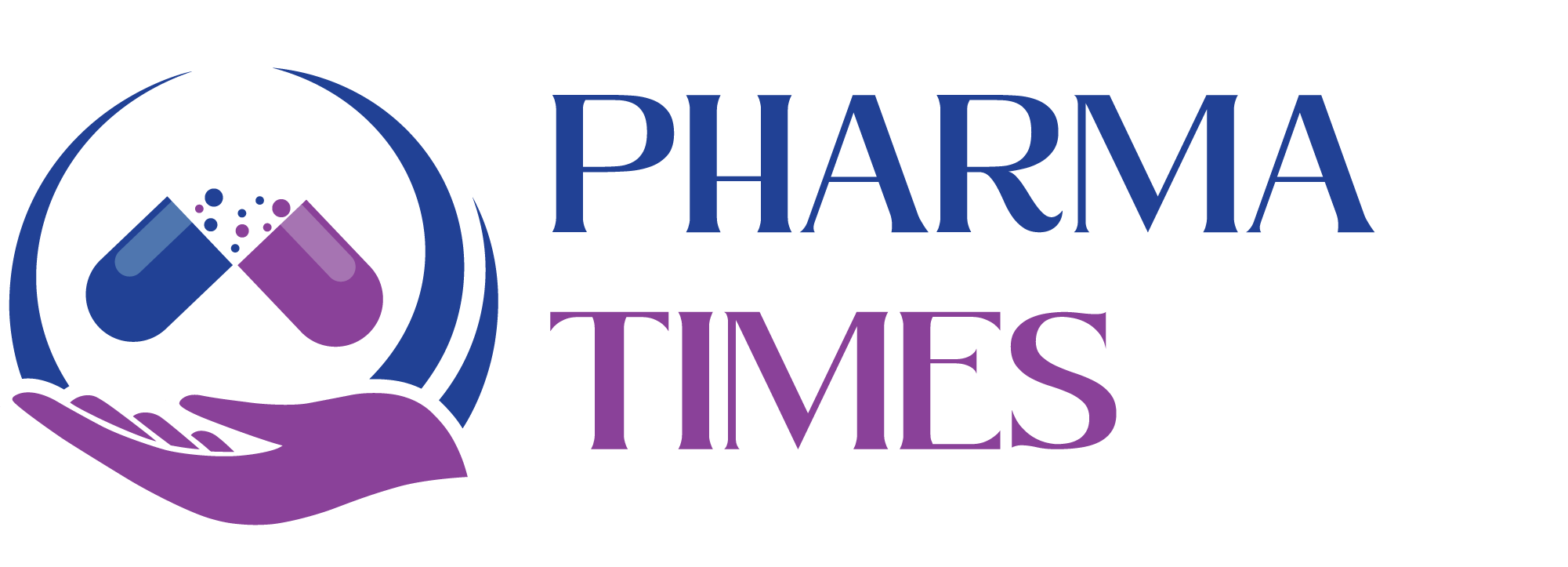Why is calibration important in UV/Visible spectrophotometry, and how is it performed?

Importance of Calibration in UV/Visible Spectrophotometry
Calibration of a UV/Visible spectrophotometer is essential for ensuring the accuracy, reliability, and precision of measurements. Here’s why it is important:
-
Accuracy of Measurements: Calibration ensures that the spectrophotometer provides accurate readings of absorbance or transmittance, which are vital in various applications like chemical analysis, pharmaceutical testing, and quality control. Without proper calibration, the instrument may give incorrect readings, leading to erroneous conclusions.
-
Instrument Stability: Over time, the performance of the spectrophotometer can drift due to factors like aging of components (e.g., lamps or detectors) or environmental changes. Calibration compensates for these drifts and maintains consistent performance.
-
Consistency in Results: A calibrated instrument guarantees that results are consistent and comparable, even across different machines or laboratories. This is crucial when monitoring trends or comparing data over time.
-
Compliance with Standards: Many regulatory bodies (like FDA, ISO) require that spectrophotometric equipment is calibrated regularly. Proper calibration ensures compliance with industry standards and regulations.
-
Minimizing Errors: Calibration helps minimize potential errors that could arise due to lamp intensity fluctuations, wavelength shifts, or detector inconsistencies, which could compromise the quality of data.
How Calibration is Performed in UV/Visible Spectrophotometry
Calibration of a UV/Visible spectrophotometer typically involves several key steps, each designed to verify and adjust the instrument’s performance:
1. Initial Setup
-
Power on the instrument and let it warm up for a specified time (usually 15–30 minutes). This ensures that the light source reaches a stable intensity.
-
Select the correct wavelength range for calibration (e.g., 190–1100 nm for most UV/Vis spectrophotometers).
-
Ensure the optical path is clean, and the sample compartment is free from dust or contamination that could interfere with measurements.
2. Wavelength Calibration
-
Wavelength calibration ensures the spectrophotometer measures wavelengths accurately.
-
This is typically done by using a standard reference material with known absorption peaks at specific wavelengths. Common materials include:
-
Holmium oxide (Ho₂O₃): for UV range (around 200–400 nm).
-
Didymium or tungsten lamps: for the visible range (around 400–700 nm).
-
-
A wavelength standard is placed in the spectrophotometer, and the instrument is adjusted to match the known peaks with the displayed wavelengths.
Example: Holmium oxide absorbs at specific wavelengths like 241.5 nm, 287.6 nm, 333.8 nm, etc. If the instrument’s reading does not match these known values, adjustments are made to align the spectrophotometer.
3. Photometric Calibration (Absorbance Calibration)
-
This step verifies that the spectrophotometer gives accurate absorbance values.
-
A neutral density filter or standard solution with known absorbance (like potassium dichromate in sulfuric acid) is used to calibrate the photometric accuracy.
-
The instrument’s absorbance reading is compared to the known absorbance of the solution or filter. Adjustments are made if there are discrepancies.
-
In practice:
-
Zeroing: Place a blank (solvent or reference solution) in the sample compartment, and set the instrument’s baseline to zero.
-
Calibration with a Standard: Measure a standard solution of known concentration and absorbance. The spectrophotometer should match the expected absorbance value.
-
4. Stray Light Calibration
-
Stray light is any light that passes through the sample compartment but is not absorbed by the sample. It can lead to inaccurate readings, especially at low absorbances.
-
To test for stray light, a solution with a known absorption at a particular wavelength (like potassium chloride at 220 nm) is used.
-
The spectrophotometer’s output is checked, and if stray light is detected, the instrument’s optics are adjusted to minimize this interference.
5. Resolution and Bandwidth Calibration
-
The spectral resolution and bandwidth of the instrument should be calibrated to ensure it can distinguish between closely spaced peaks.
-
This can be done by using a narrow absorption peak (e.g., a sharp peak from a reference material) and verifying that the spectrophotometer can resolve it properly.
6. Check for Baseline Drift
-
After calibrating the instrument, it’s important to verify that the baseline remains stable and doesn’t drift over time.
-
A baseline stability test can be performed by measuring a blank solution over a period of time to ensure that no significant variation in absorbance occurs.
7. Documentation and Record-Keeping
-
The calibration results, including the instrument settings and any adjustments made, should be documented and saved for future reference or compliance purposes.
-
Calibration certificates may be generated for regulatory or quality assurance purposes, particularly in industries like pharmaceuticals and chemicals.
Calibration Frequency
The frequency of calibration depends on:
-
Usage: Instruments used frequently or for critical measurements may need more regular calibration.
-
Manufacturer’s Recommendations: Follow the manufacturer’s guidance for calibration intervals (typically monthly or quarterly).
-
Environmental Factors: Instruments in environments with fluctuating temperature or humidity may require more frequent calibration.
In summary, calibration of a UV/Visible spectrophotometer is crucial for obtaining accurate and reliable measurements. It involves verifying and adjusting the instrument’s wavelength accuracy, photometric response, stray light, and other optical parameters using standard reference materials. Regular calibration ensures the instrument operates within specifications and provides reliable data for scientific and industrial applications.
🎓 Discover one of the best Quality Assurance courses available — click below to explore the course that’s shaping future QA skills.
#AccuracyInScience, #AnalyticalChemistry, #CalibrationProcess, #ChemicalAnalysis, #InstrumentCalibration, #LabEquipment, #LabTesting, #QualityControl, #RegulatoryCompliance, #ScientificMethod, #SpectrophotometerCalibration, #Spectrophotometry, #UVVisibleSpectrophotometer
Posted onMay 1, 2025

